
Cramming Ford’s infamous 427 SOHC in an ERA replica roadster
By Steve Temple
Photos by Steve Temple and Bob Funari
Imagine that you have an impressive collection of two dozen or so high-performance cars at home including Porsches, Ferraris, a Ford GT and a Corvette-powered ’69 Maserati Ghibli. Also, throw in a ’63 Grand Sport Corvette replica with a supercharged LT4 engine for good measure. Now, what sort of Cobra replica would you opt for that could hold its own in this array of exotics? Well, just ask Bob Funari, a retired executive/engineer in the medical imaging field. Bob chose the most legendary of Ford engines to power his ERA replica, electing to build a “cammer,” aka Ford’s 427 ci SOHC (the acronym is pronounced “sock” and stands for single overhead cam).
Hailed as Ford’s greatest engine, it was based on the legendary 427 side-oiler block and developed as a high-revving retort to Chrysler’s all-conquering 426 Hemi in 1964. But NASCAR soon banned “special racing engines” since it turned stock cars into nonstock cars. So Ford headed from the oval to the drag strip with its cammer mill into the early 1970s, where it proved itself a formidable competitor after several modifications by talented tuners.
The engine was never intended for use in a Cobra, but Carroll Shelby admitted he had always wanted to stuff one in the engine bay, despite its massive size. After all, he was never one to shy away from adding more horsepower. Some Cobra builders joke that squeezing it between the frame rails requires applying grease on the sides of the block and jumping up and down on those massive heads. So how did Bob decide to take on such a challenging project?
With plenty of specialty motors in his large collection of performance cars, he was a client of Randy Ritchey at Performance Associates in San Dimas, California, for many years. It turns out that Randy’s father, Les Ritchey, played a key role in the development of the Ford 427 SOHC motor. He even had experience racing the engine with the legendary drag racer Gas Ronda. With such a significant resource on hand, Bob conjured up yet another distinctive car for his collection.
“I persuaded Randy to use parts from the inventory that Les had accumulated in the 1960s to build an aluminum SOHC motor. It would have 58 mm Weber carburetors mounted on one of two manifolds that Ford built for this system,” Bob recalls. “We talked at length about what Ford product to put the completed motor in and settled on an ERA Cobra reproduction.”
The engine block was bored and stroked to a displacement of 496 ci to produce 700 horses. The modern EFI setup uses a FAST ECU with MSD’s crank-triggered ignition system so it can run on 91-octane gasoline, not race gas (which the original motors gulped down at a prodigious rate). The Crane camshafts, Manley valves, and tubular headers were all custom built for the project. The rotating assembly uses JE pistons, Carrillo rods and a crank from Velasco Crankshaft Service in Downey, California. The alternator is sourced from NASCAR with a rotating pulley and stator providing the current.
Built over a period of two years at an approximate cost of $135,000, the car employs about 60% of the ERA component package. The rest of the parts were custom-fabricated specifically for this vehicle, including a unique dry-sump oil system with a reservoir located in the trunk of the car. The setup uses a Gilmer drive pump that circulates oil from the engine to the reservoir and back.
ERA’s standard chassis was used with coilover shocks, Wilwood brakes, authentic pin-drive wheels, Avon tires and a TREMEC five-speed transmission. The car has a hydraulic clutch with manageable pedal effort.
Painted in a royal blue, there are no stripes or extraneous decorations on the car, either. The cockpit is equally simple in execution, finished in black leather with matching black Wilton carpeting. Smith gauges are used throughout the car, and it has no sound system, air conditioning or other creature comforts. All told, Bob’s Cobra is pretty unassuming, and only the well-initiated know about the powerhouse under the hood of his ERA roadster.
As a side note, ERA’s head honcho Peter Portante also built a cammer-powered Cobra as his personal car, so Bob’s isn’t the only one out there. Peter says he knows of four other ERA Cobras built with cammer engines, so they are rare creatures, as they require some customizing to accommodate those massive heads. The mods include adding bubbles (concave areas) to the closing panels around the engine bay, along with trimming down the footboxes to provide extra clearance. He also lowered the engine about a quarter inch to make room under the hood. No alterations were required of the suspension setup though, he points out.
While this cammer Cobra has never been tracked or raced, its projected quarter-mile performance, based on 700 hp and a 2,850-pound curb weight, is 11 seconds at 135 mph-plus. But Bob’s engine is special in other ways as well.
“Only two that I am aware of have the 58 mm Weber induction system,” he notes. “The combination of large displacement and an overhead camshaft design allows the motor on this car to make tremendous horsepower all the way up to 7,000 rpm and beyond.”
While this car is capable of being driven on the street and in traffic, it is essential that the driver use the throttle judiciously, Bob advises. “The excessive power and short wheelbase can make the car a handful under hard acceleration,” he admits. “I have frequently driven down the San Diego Freeway to San Diego and back without problems, other than avoiding the inevitable pictures takers.” And highway patrol officers, too, we’d expect.

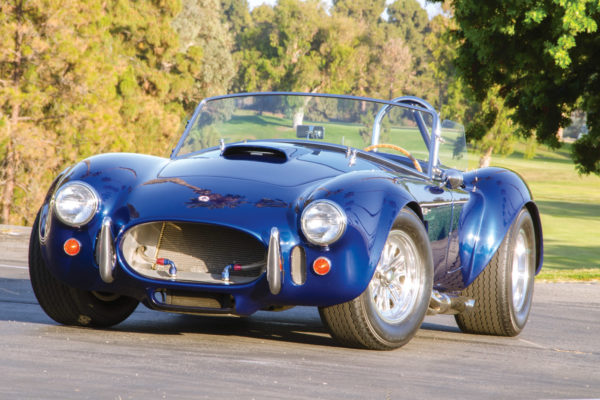
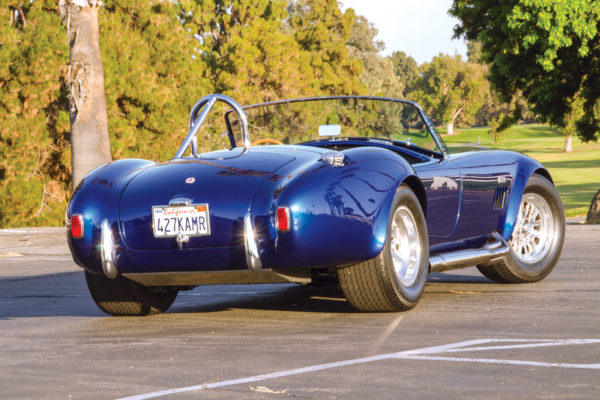
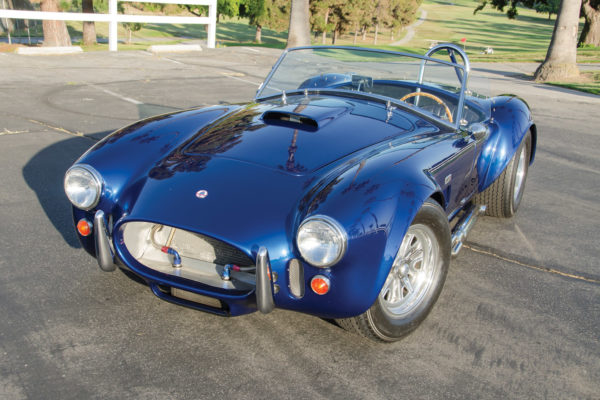
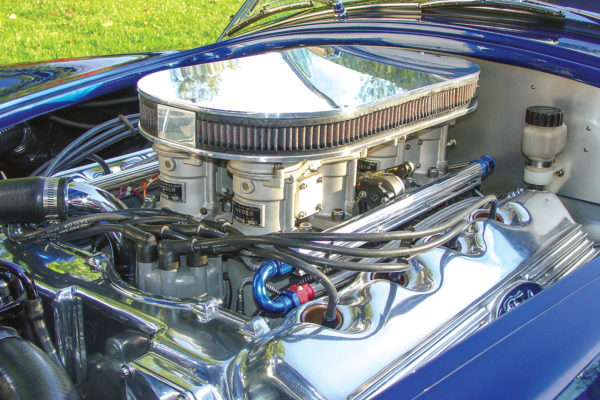
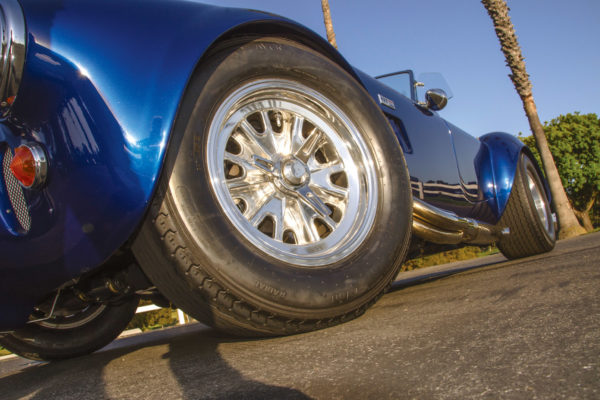
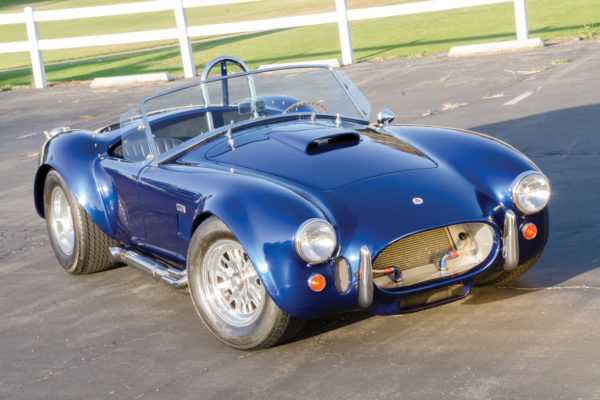
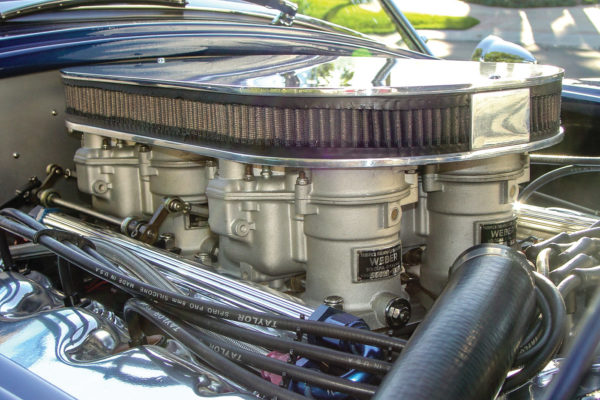
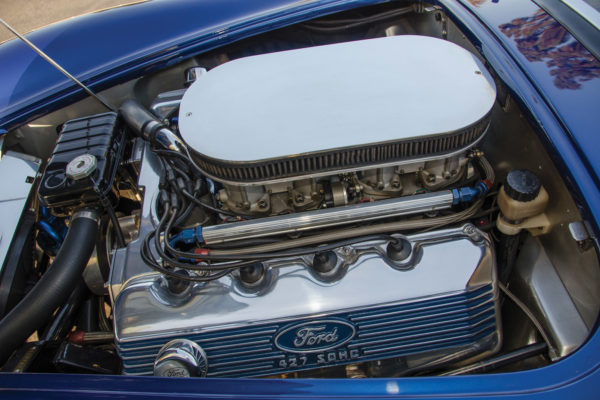
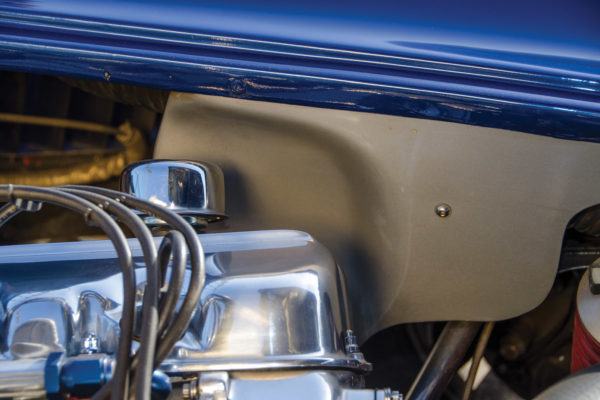
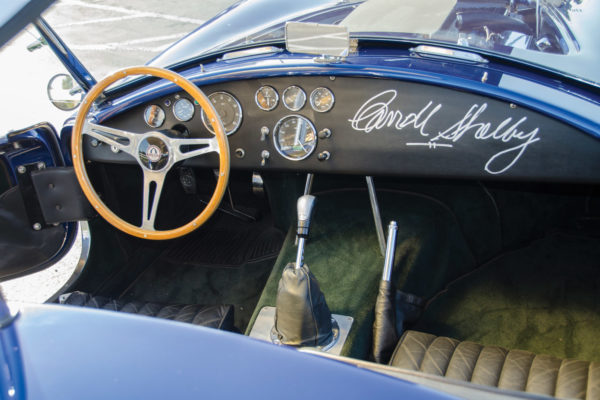
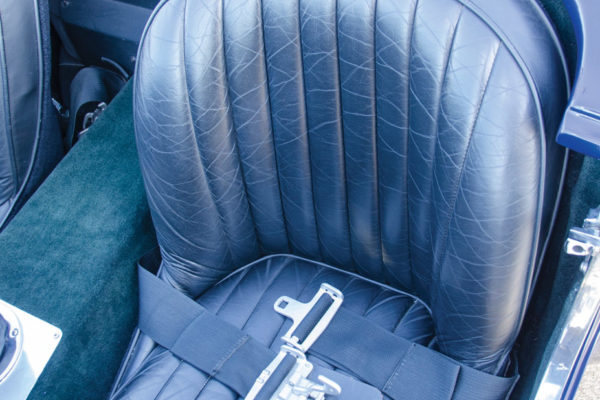
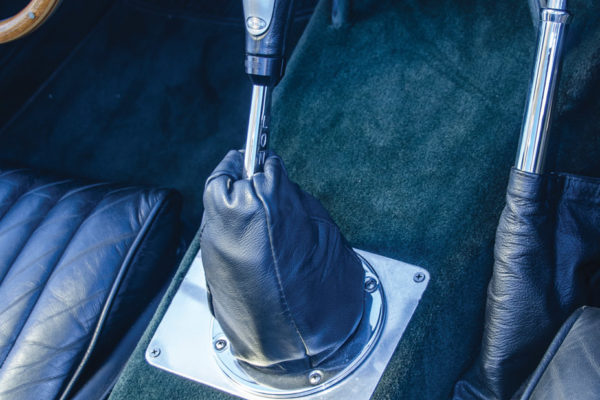
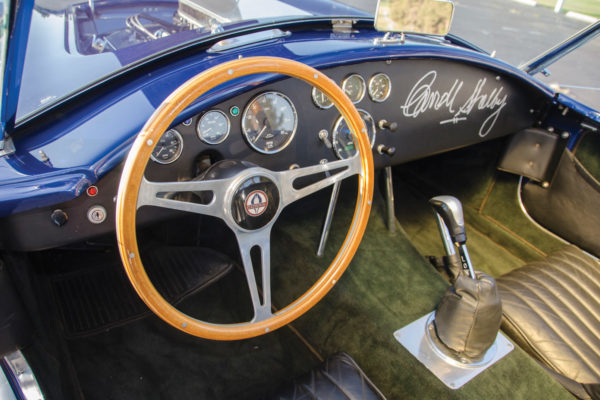
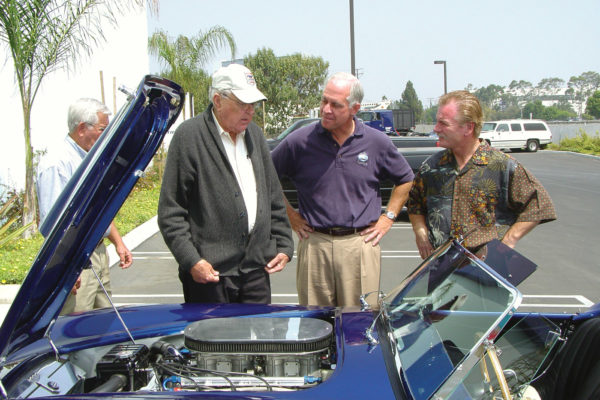
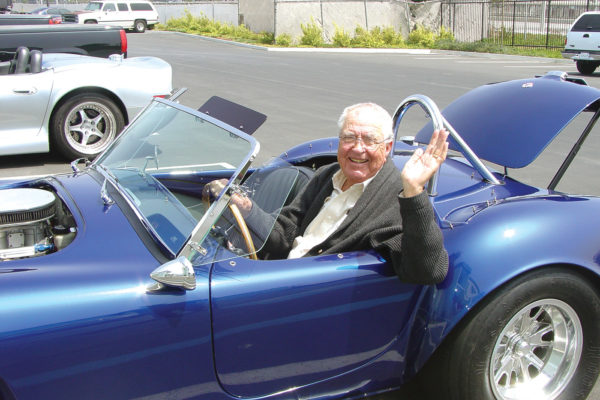
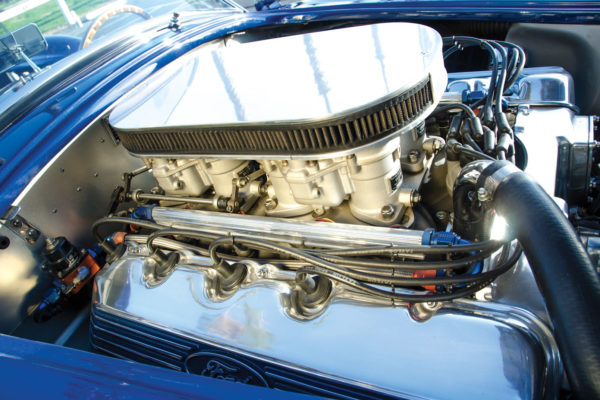
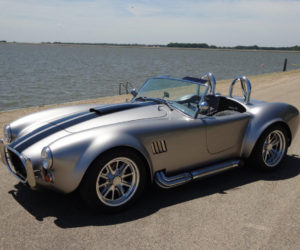
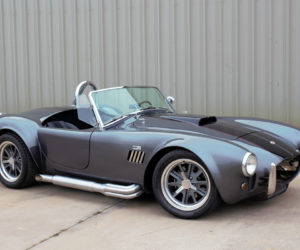
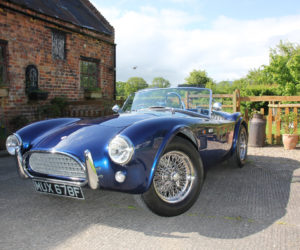
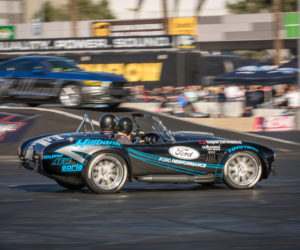
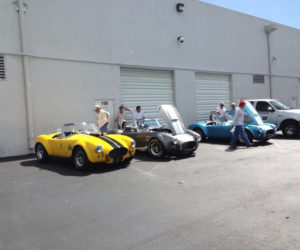
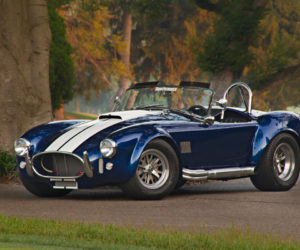




Comments for: Cammer Cobra
comments powered by Disqus